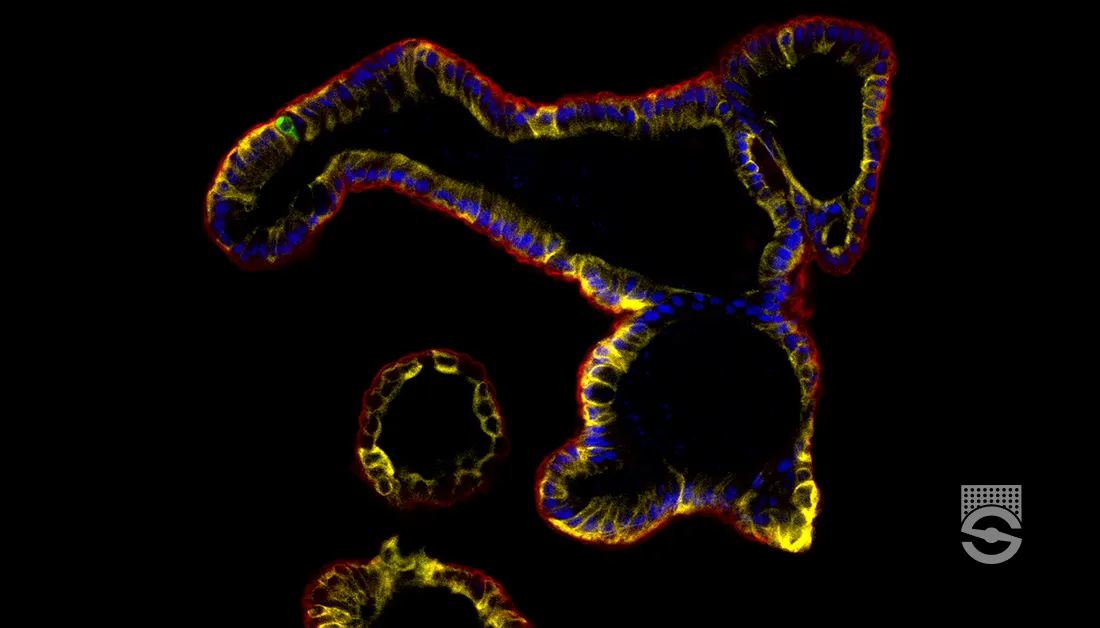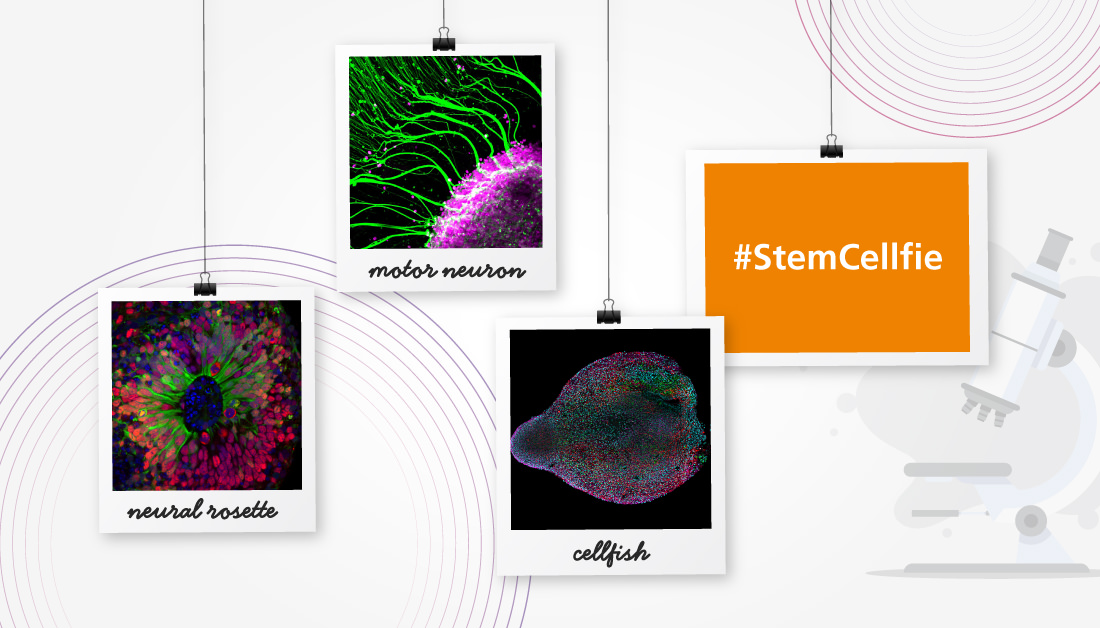Cole's Alum Hematoxylin Variants
References to Cole’s hematoxylin that do not specify which of the two formulae is meant, usually refer to the 1943 formula.
Materials
| Material | Variant | Function | |
|---|---|---|---|
| 1903 | 1943 | ||
| Hematoxylin | 6 g | 1.5 g | Dye |
| Ammonium alum | 6 g | 100 g | Mordant |
| Distilled water | 320 mL | 950 mL | Solvent |
| 100% ethanol | 320 mL | 50 mL | Solvent |
| Glycerol | 290 mL | – | Stabiliser |
| Iodine | – | 0.5 g | Oxidant |
| Glacial acetic acid | 75 mL | See note | Acidifier |
Compounding Procedures
1903
- Dissolve the alum in water.
- Dissolve the hematoxylin in ethanol.
- Combine, then add the other ingredients and mix well.
- The solution must ripen before use.
1943
- Dissolve the hematoxylin in 250 mL water with heat.
- Dissolve the alum in 700 mL water.
- Dissolve the iodine in the ethanol.
- Combine the dye and iodine solutions.
- Add the alum solution.
- Bring to a boil.
- Cool and filter.
- The solution may be used immediately.
Protocol
- Bring sections to water with xylene and ethanol.
- Place into the staining solution for an appropriate time.
- Rinse well with water.
- Differentiate with acid ethanol if necessary.
- Rinse with water and blue.
- Rinse well with water.
- Counterstain if desired.
- Dehydrate with ethanol, clear with xylene and mount with a resinous medium.
Expected Results
- Nuclei – blue
- Background – as counterstain or unstained
Notes
- The original 1943 formula contains no added acid. Used progressively, and applied for 5-10 minutes, it gives results similar to those obtained with a differentiated regressive formula.
- The addition of 20 mL glacial acetic acid to the 1943 formula increases nuclear selectivity and extends the working life of the solution. This is often used for progressive nuclear counterstaining and in the celestine blue-hemalum sequence.
- The staining time for the 1903 formula should be determined by trial.
- Acid ethanol is 0.5% – 1% hydrochloric acid in 70% ethanol.
- Blueing is done with alkaline solutions such as hard tap water, Scott’s tap water substitute, 0.1% ammonia water, 1% aqueous sodium acetate, 0.5% aqueous lithium carbonate etc.
Safety Note
Prior to handling any chemical, consult the Safety Data Sheet (SDS) for proper handling and safety precautions.
References
- Culling, C.F.A., Allison, R.T. and Barr, W.T.
Cellular Pathology Technique, Ed.4.
Butterworth, London, UK. - Drury, R.A.B. and Wallington, E.A., (1980)
Carleton’s histological technique Ed. 5
Oxford University Press, Oxford, UK. - Bancroft, J.D. and Stevens A. (1982)
Theory and practice of histological techniques Ed. 2
Churchill Livingstone, Edinburgh & London, UK. - Gray, Peter. (1954)
The Microtomist’s Formulary and Guide.
Originally published by: The Blakiston Co.
Republished by: Robert E. Krieger Publishing Co.





